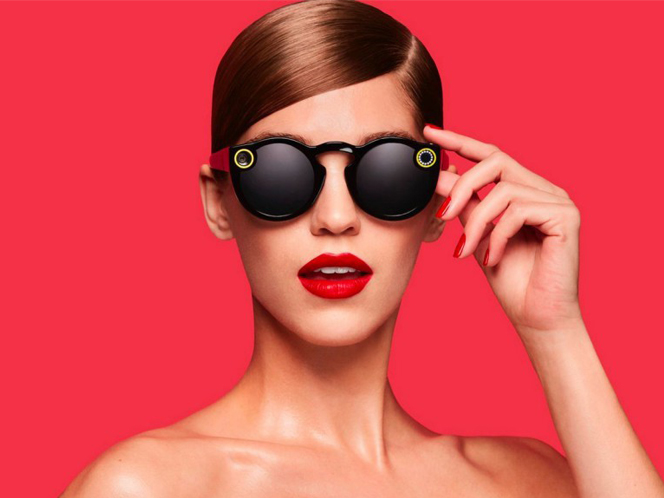The Possibilities of Augmented Reality for The Plant Floor
Posted: 16 March, 2021
Apple is soon to release a new wearable in the form of glasses, while Snapchat has their own offering, and the too-early Google Glass has already come and faltered. Meanwhile, augmented reality is already living on our phones and game systems, where it is poised to take the next step from entertainment to industry. Here are some observations about the face-front display, augmented reality, and how it might be used in an industrial setting, along with the new challenges such a device may present.

Live feedback while operating manual equipment
One benefit of a HUD (Heads Up Display), is the capability of interacting with a headless device hands free and getting live feedback. An operator in the field could turn a valve, while watching the values of the flow downstream change in a realtime display. Augmented reality can overlay important visual information about machine status or maintenance schedules, all while leaving the hands free.
Timely geographic notifications
Operators in the field might rely on weather, or GPS notifications to make decisions. A heads-up display featuring augmented reality input might be useful in delivering directions to field locations, showcasing weather conditions onsite, or even initiating notifications based on proximity to a machine using something like Google Now.
Live technical support and training
Imagine being able to directly approach a machine and interact live with a support technician who can see precisely what you see. This may be a part of the future of machine interaction, at least for training and maintenance of equipment. A camera-equipped wearable with the ability to send images back and forth and share video feed could be a killer app for HUDs in the automation industry.
Access to machine KPI and dashboard information
Many machines feature headless HMIs that must be accessed on another computer or smart device like a smartphone or tablet. A Heads-up display might allow operators to access KPIs, dashboard, alerts, or other information when in proximity to the machine, without relying on mobile touchscreens.
Vision Recognition tools
The right app could enable the camera in a heads up display to become a vision recognition device, speeding up the ability to identify parts via barcode and QR code reading. The ability to quickly identify a part with an always-on scanner might drastically improve tracking and traceability.
Challenge: Ensuring privacy and security in industrial environments
The biggest challenge to a camer-equipped wearable in an industrial setting will be the privacy and security concerns involved. The technology can be affected by malicious barcodes or QR codes and requires internet connectivity. Access to first-person POV video would be a huge security concern for critical infrastructure projects and power plants.
Want to take the next step with AR and AVEVA?
Related Blog Posts
Stay in the know: Keep up to date on the latest happenings around the industry.